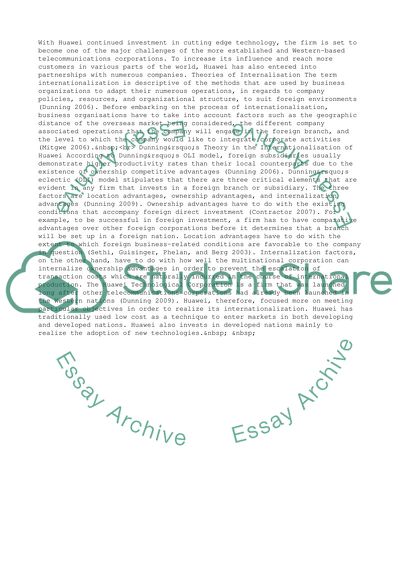Cite this document
(Global Operations Management of Huawei Technologies Corporation Case Study, n.d.)
Global Operations Management of Huawei Technologies Corporation Case Study. Retrieved from https://studentshare.org/management/1498167-global-operations-management
Global Operations Management of Huawei Technologies Corporation Case Study. Retrieved from https://studentshare.org/management/1498167-global-operations-management
(Global Operations Management of Huawei Technologies Corporation Case Study)
Global Operations Management of Huawei Technologies Corporation Case Study. https://studentshare.org/management/1498167-global-operations-management.
Global Operations Management of Huawei Technologies Corporation Case Study. https://studentshare.org/management/1498167-global-operations-management.
“Global Operations Management of Huawei Technologies Corporation Case Study”, n.d. https://studentshare.org/management/1498167-global-operations-management.


